The Water Lilies are a series of oil paintings on canvas by Claude Monet, done between 1897 and 1926. The subjects of the painting were the water lilies in an artificial pond that Monet had dug near his house in Giverny, on the Seine.
He filled he pond with lilies, and called it his “water garden." [water garden]. The early paintings show a small, Japanese-style wooden bridge crossing the pond. The water lilies float on the pond’s surface, which reflects willows, poplars and wisteria.
Monet painted the same view at slightly different angles, at different times of the day, in different seasons and in a range of light. This gave each variation its own unique impression. Monet began to restrict the scope of his paintings in subsequent works, gradually leaving out more and more of the landscape around the pond. The surrounding garden was represented only in the reflections it left on the water. From 1914 to around 1918, Monet produced an impressive cycle of lily paintings. Some would hang at the Orangérie des Tuileries, a gift from the artist to the French state, in celebration of the end of World War One.
Monet participated in a remodeling project for the two large oval halls of the Orangérie. His idea was to arrange his paintings along huge curved panels, immersing the viewer completely in light and color. Monet decided where the paintings should hang, but then did not want to part with his paintings. They were exhibited after his death in 1927. In the Orangérie paintings, Monet went beyond the attempt to reproduce visual impressions that had characterized his first works. His style became more abstract: the water and sky blend together, forms dissolve in color, and spatial references have completely disappeared.
From 1920 to 1926 Monet continued to paint the Giverny pond, doing work that was previously completed or left unfinished. He would work on the water lily theme until his death. The rooms of the Orangérie have been called "The Sistine Chapel of Impressionism." They are considered the finest of Monet’s artworks.
Today, most of the cycle is on display in Paris, at the Orangérie des Tuileries, the Marmottan Museum and the Orsay Museum.
He filled he pond with lilies, and called it his “water garden." [water garden]. The early paintings show a small, Japanese-style wooden bridge crossing the pond. The water lilies float on the pond’s surface, which reflects willows, poplars and wisteria.
Monet painted the same view at slightly different angles, at different times of the day, in different seasons and in a range of light. This gave each variation its own unique impression. Monet began to restrict the scope of his paintings in subsequent works, gradually leaving out more and more of the landscape around the pond. The surrounding garden was represented only in the reflections it left on the water. From 1914 to around 1918, Monet produced an impressive cycle of lily paintings. Some would hang at the Orangérie des Tuileries, a gift from the artist to the French state, in celebration of the end of World War One.
Monet participated in a remodeling project for the two large oval halls of the Orangérie. His idea was to arrange his paintings along huge curved panels, immersing the viewer completely in light and color. Monet decided where the paintings should hang, but then did not want to part with his paintings. They were exhibited after his death in 1927. In the Orangérie paintings, Monet went beyond the attempt to reproduce visual impressions that had characterized his first works. His style became more abstract: the water and sky blend together, forms dissolve in color, and spatial references have completely disappeared.
From 1920 to 1926 Monet continued to paint the Giverny pond, doing work that was previously completed or left unfinished. He would work on the water lily theme until his death. The rooms of the Orangérie have been called "The Sistine Chapel of Impressionism." They are considered the finest of Monet’s artworks.
Today, most of the cycle is on display in Paris, at the Orangérie des Tuileries, the Marmottan Museum and the Orsay Museum.
RELATED
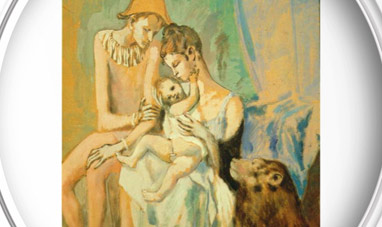

FAMILY OF ACROBATS, WITH MONKEY


JEAN AUGUSTE DOMINIQUE INGRES
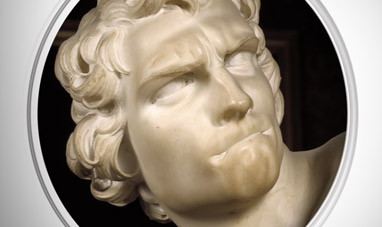

DAVID (BERNINI)
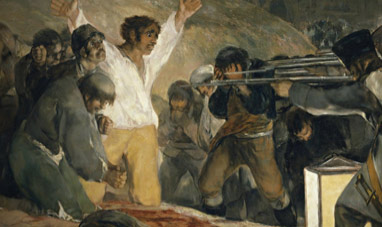

THE THIRD OF MAY 1808: THE EXECUTION OF THE DEFENDERS...
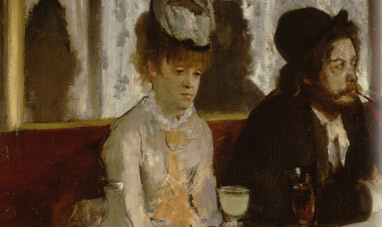

L'ABSINTHE
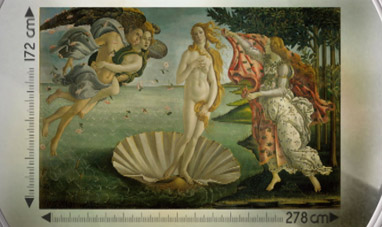

THE BIRTH OF VENUS
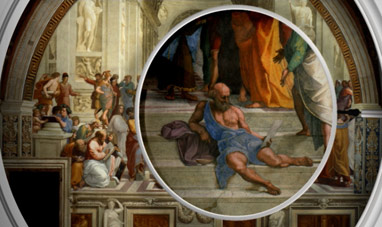

THE SCHOOL OF ATHENS


DISQUIETING MUSES
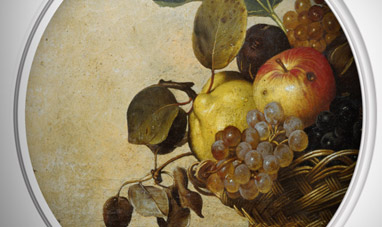

BASKET OF FRUIT


HENRI DE TOULOUSE-LAUTREC


BAROQUE


SURREALISM
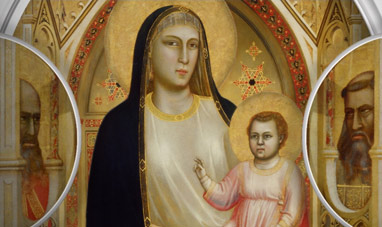

THE MADONNA DI OGNISSANTI


LADY WITH AN ERMINE
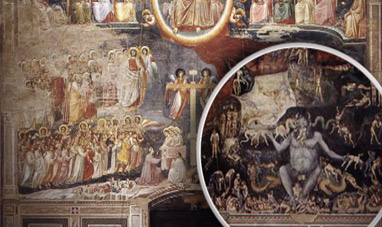

SCROVEGNI CHAPEL


STARRY NIGHT


DREAM CAUSED BY THE FLIGHT OF A BEE AROUND A...
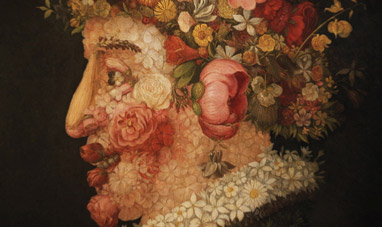

MANNERISM
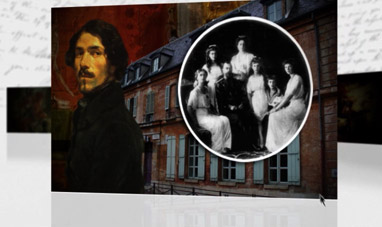

EUGÈNE DELACROIX


IMPRESSIONISM


LAS MENINAS


ST. PETER'S BALDACHIN


ROMANTICISM
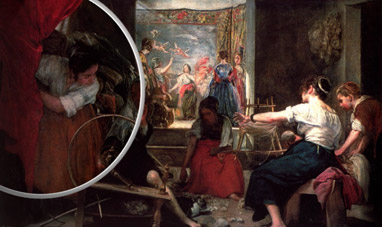

LAS HILANDERAS
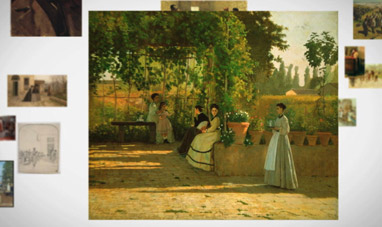

THE MACCHIAIOLI


NEOCLASSICISM


PIERRE AUGUSTE RENOIR
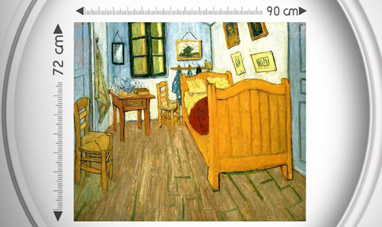

THE BEDROOM


DAVID (MICHELANGELO)


MADONNA OF THE GOLDFINCH
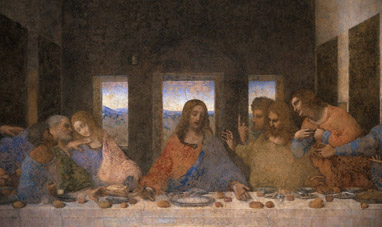

THE LAST SUPPER
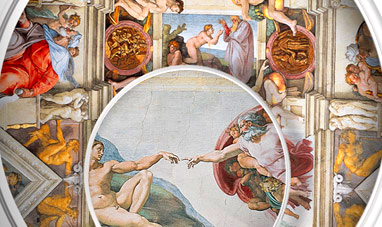

THE SISTINE CHAPEL


EDGAR DEGAS


LOVE SONG
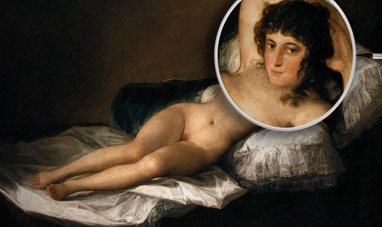

THE NUDE MAJA


EDOUARD MANET
